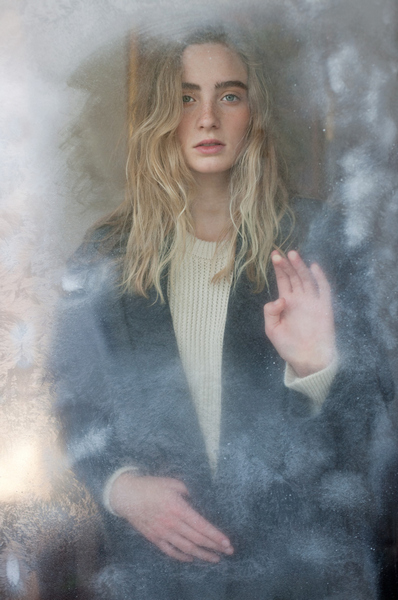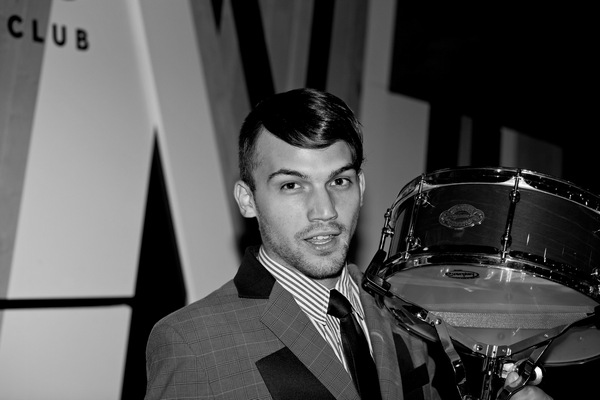Sam Scott Schiavo, a Fashion Photographer, shares his observations on the right type of lighting for fashion photo shoots in this GE Illuminated Minds blog entry.
 |
|
Sam Scott Schiavo creates a pure and ethereal atmosphere in this photo shoot of a female model. (All photos courtesy of www.samscottschiavo.com) |
For me, the most important thing in a fashion shoot is the atmosphere. Some of my clients might be a bit upset to hear this but really the clothes are not the most important thing at all. It’s more about creating a sense of drama, and lighting is key to establishing this mood.
When you’re reading a magazine there has to something in the picture that makes you stop as you turn the pages. It’s the feel of the picture; the emotions that it evokes; the sensations that you feel when you look at it. It’s that unique atmosphere that draws you in and makes you want to look. This is what you really notice first before you see the tie or the dress or the shirt.
It’s the same with a shop window, there has to be something captivating to pull you in or most people wouldn’t even bother getting close enough to have a look at what’s on display. Lighting is one of the most basic but most effective tools we have at our disposal for creating this sense of attraction.
I like to play around with lighting to create different effects, using shadow and illumination in equal measure. For example, I like to have some mystery in my pictures; I hate it when the model is washed in so much light that you can see every pore on their face. I prefer a softer, more old-school effect, like in classic Hollywood black and white photography.
There is a distinctive way of picking out the model’s features that just cries out Hollywood glamour, by highlighting the eyes, the cheekbones, the mouth. Now so much of that is done in Photoshop, which I think is sad. I like the authenticity of lighting a set how you intend it to look in the finished pictures.
I normally prefer to shoot in natural daylight but that’s not always feasible, so photographers like me need a variety of lighting solutions to create the desired effect. I don’t like using my camera’s flash so I prefer to use old-fashioned fixed lighting – for example, I have a set of retro 400w halogen bulbs that are perfect for creating that smoky, hazy style. I take them everywhere with me.
Sometimes though I will simply use the existing artificial light on location as this can get really close to natural light – particularly if the fixtures are LEDs. This really helps to get accurate colour rendering, which is a critical aspect of fashion photography – particularly when shooting catalogues, for example.
 |
|
A male model in a retro style black-and-white photo shoot. |
Certain colours can drastically change shade in different lights, which can be very challenging. Some artificial lights also bring out too much yellow in the model’s skin tone, which needs to be fixed in Photoshop before the image can be published. LEDs go a long way to counteracting this as they contain a lot more of the colder, blue range of the light spectrum. Although I prefer natural light, LEDs provide a good alternative when this is not possible.
I think the most important thing though, is to embrace light experimentation. The contrast between shaded and lit areas is often the most exciting part of an image, which creates that dynamic sense of wonder that makes the reader stop and pay attention.













